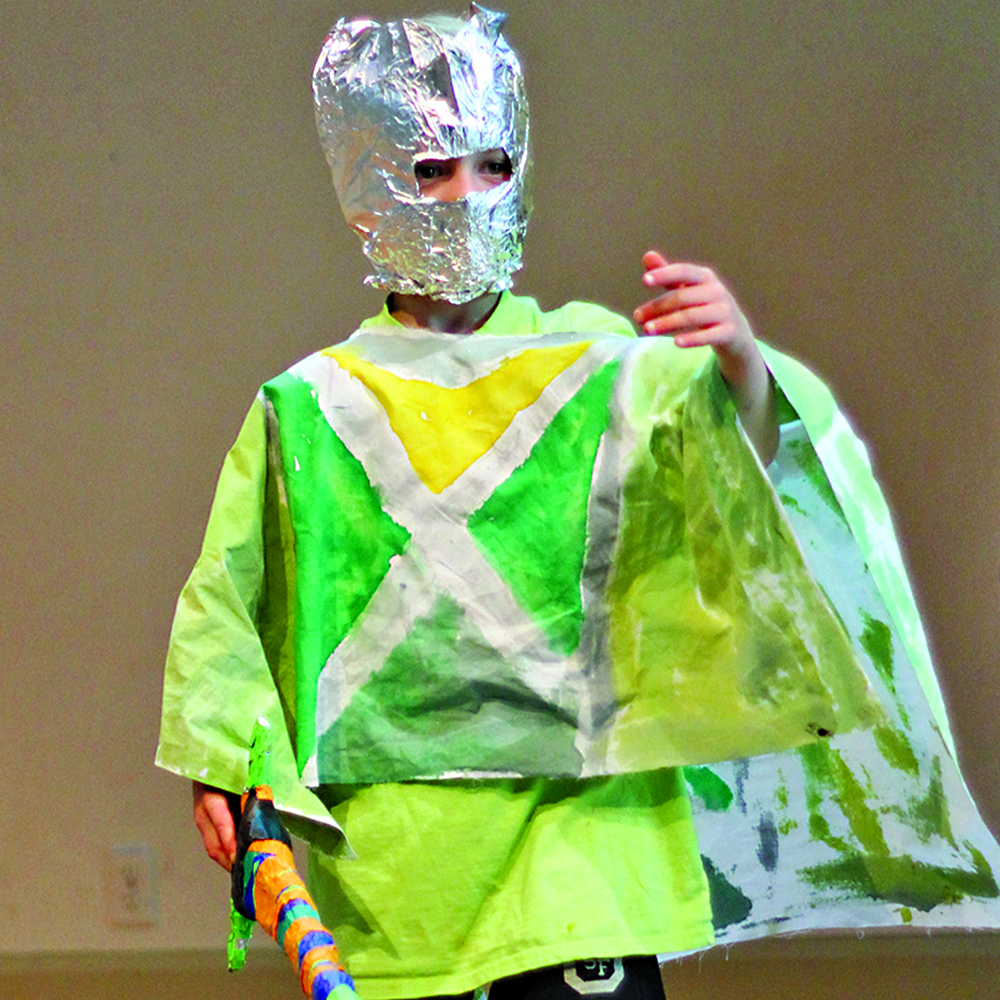Tell a familiar fairytale but from a new perspective! Putting a creative spin on a well-known story helps children explore their imagination and flexibility, both important facets of creative thinking.
Materials Required
- Paper
- Pen or pencil (something to write with)
- A book of fairytales (optional)
Instructions
- Choose a fairytale to retell through the eyes of a character or object other than the main protagonist. Consider these alternate story angles and points of view:
- A story from the seven dwarves’ perspective.
- A story on the adventures of Mary’s little lamb.
- A story from the point of view of the witch in Hansel and Gretel.
- What would the beanstalk in Jack and the Beanstalk say about Jack, his mother and the Giant if he were the storyteller?
- Miss Muffet was clearly frightened by the little spider that sat down beside her. How might her scream have made that spider feel?
- How would Cinderella’s fairy godmother tell her story? Or what if Cinderella’s slipper could talk? What would it say?
- The Three Billy Goats Gruff outsmart the troll under the bridge, depriving him of a meal. What would the troll say if he could tell his story?
- Write down a reimagined fairytale. Include as many details as possible.
Additional Tips
Try this add-on activity:
Act out the newly created flipped fairytale! Make the set, costumes, and props and invite an audience to enjoy the performance.


